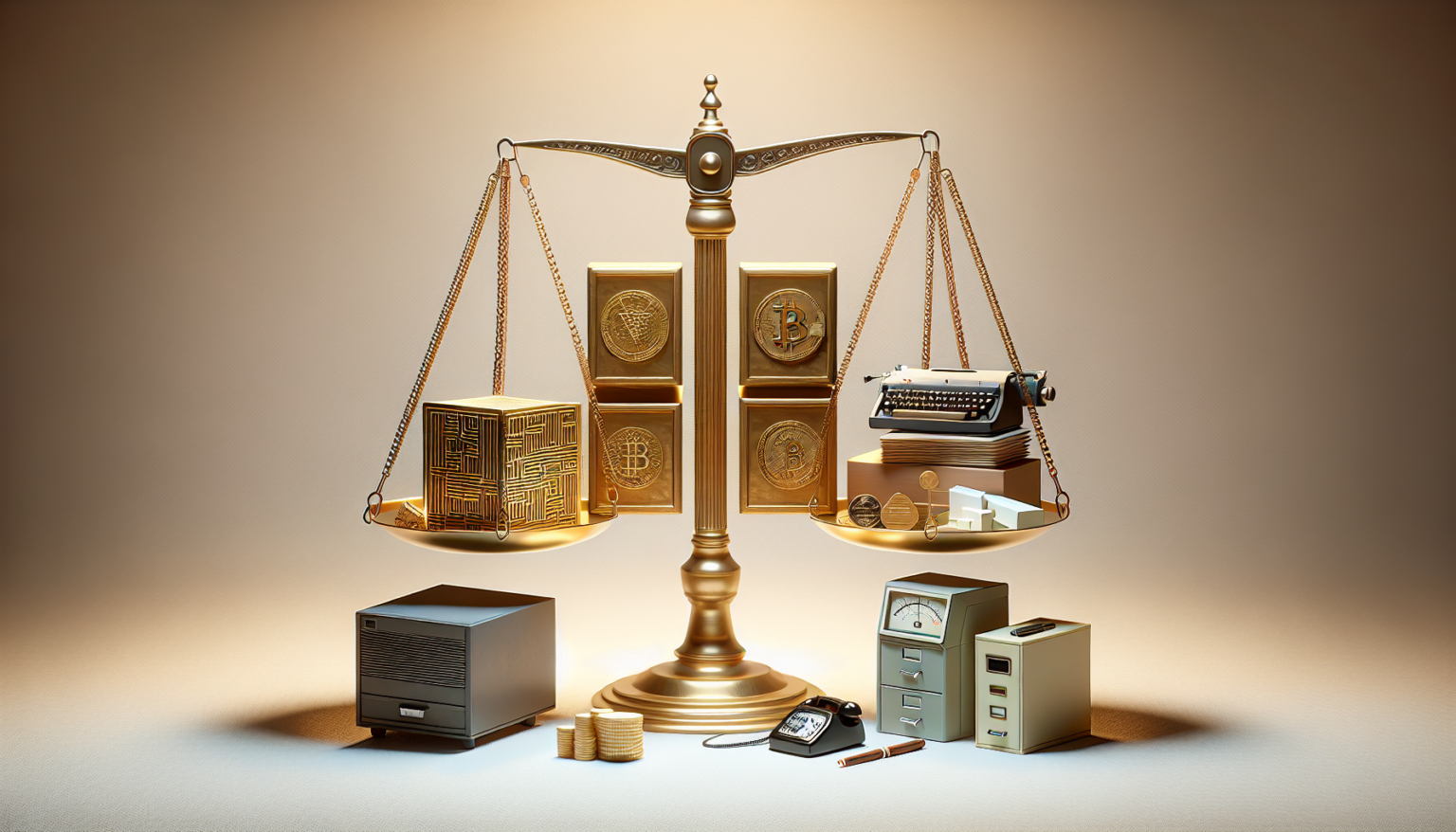The Emergence of Stablecoins
When we talk about cryptocurrencies, volatility often comes to mind. Prices can swing dramatically in a matter of hours or even minutes. This inherent instability has led to the rise of stablecoins—cryptocurrencies designed to minimize price fluctuations. These digital assets are tied to traditional currencies, commodities, or even algorithms, aiming to provide a more stable store of value.
What are Stablecoins?
Stablecoins are a type of cryptocurrency that aims to offer price stability by pegging their value to a reserve asset. This peg can be based on various underlying assets, including fiat currencies, precious metals, or even other cryptocurrencies. The idea is to provide the advantages of digital currencies—such as fast transactions and decentralization—while reducing the typical price volatility seen in cryptocurrencies like Bitcoin or Ethereum.
Types of Stablecoins
There are generally three types of stablecoins: fiat-collateralized stablecoins, crypto-collateralized stablecoins, and algorithmic stablecoins. Each presents a unique approach to maintaining price stability.
Fiat-Collateralized Stablecoins
Fiat-collateralized stablecoins are backed by reserves of a fiat currency, commonly the US dollar. For every stablecoin issued, an equivalent value in fiat is held in reserve. This model offers a straightforward way to maintain value and is transparent in terms of backing.
Examples include:
– Tether (USDT): Probably the most well-known stablecoin, Tether claims to be backed 1:1 by US dollars. However, its transparency and reserves have faced scrutiny over the years.
– USD Coin (USDC): Developed by Circle and Coinbase, USDC is another dollar-pegged stablecoin that emphasizes regular auditing and reserve transparency.
Crypto-Collateralized Stablecoins
Crypto-collateralized stablecoins are backed by other cryptocurrencies. This model is more complex since the collateral’s value can fluctuate. To mitigate this risk, these stablecoins often require over-collateralization—meaning more value in cryptocurrency is locked up than the value of the stablecoin issued.
Dai is a leading example of this model. It is issued by the MakerDAO protocol and is collateralized by Ethereum and other tokens. Users deposit their crypto assets into smart contracts to create Dai, which keeps its peg through a mix of governance and market mechanisms.
Algorithmic Stablecoins
Algorithmic stablecoins do not rely on traditional assets at all. Instead, they utilize algorithms and smart contracts to control supply and demand. The system adjusts the circulating supply of the stablecoin, increasing or decreasing it as needed to maintain its peg.
Ampleforth (AMPL) is a notable example. Rather than being tied to a specific asset, it automatically adjusts supply in a way that aims to keep its value stable. However, this model can be more experimental, and maintaining price stability can be challenging.
The Advantages of Using Stablecoins
Stablecoins bring several benefits to the table. First and foremost, they offer a stable medium for transactions, which is crucial for merchants and consumers alike. They provide a hedge against the volatility typically associated with cryptocurrencies.
Enhanced Usability
Stablecoins enable smoother transactions, particularly in regions with unstable currencies. For individuals who face traditional banking barriers, stablecoins present a way to store value and facilitate everyday transactions without dealing directly with fiat currency risks.
Exchange Efficiency
In the world of cryptocurrency exchanges, stablecoins act as a safe haven. Traders can quickly convert volatile cryptocurrencies into stablecoins and vice versa, allowing them to take advantage of market opportunities without needing to revert to fiat currency, which can be slower due to banking hours and withdrawal processes.
Challenges and Considerations
While stablecoins present various advantages, they are not without challenges. Regulatory scrutiny, centralized control, and the underlying mechanisms of different stablecoins create a complex landscape.
Regulatory Scrutiny
Governments and regulatory bodies worldwide are increasingly focused on stablecoins due to their growing influence. The concerns often revolve around reserve transparency, potential systemic risks to financial systems, and issues related to money laundering and consumer protection.
For example, Tether’s opacity regarding its reserves has led to investigations and questions about whether they have enough cash or equivalent assets to back every USDT in circulation. Increasing demand for regulation could reshape the landscape, affecting the way stablecoins operate.
Centralization vs. Decentralization
Many fiat-backed stablecoins tend to be centralized, relying on a single organization to manage reserves. This centralization can expose them to risks typical of traditional financial institutions, such as operational risks or regulatory challenges.
In contrast, decentralized stablecoins aim to remove a central authority but introduce complexities in governance and market assurance. The challenge lies in finding a balance that ensures both stability and trustworthiness.
Comparing Blockchain Solutions for Stablecoins
Different blockchain platforms have endeavored to support and create stablecoin ecosystems. Each offers unique characteristics, making some more suitable for specific use cases than others.
Ethereum
Ethereum remains the most popular platform for stablecoins, primarily due to its robust smart contract capabilities. Most crypto-collateralized stablecoins, like DAI, are built on Ethereum. This network offers an established infrastructure with a variety of decentralized finance (DeFi) applications, making it an attractive option for investors and developers.
Binance Smart Chain
With its promise of lower transaction fees and faster processing times, Binance Smart Chain (BSC) has emerged as a competitive alternative for stablecoin projects. BSC has seen the growth of several stablecoins, like Binance USD (BUSD), which is directly pegged to the US dollar and offers users a practical medium for transactions within the Binance ecosystem.
Solana and Other Emerging Platforms
Solana is gaining traction due to its high throughput and low latency, making it attractive for stablecoins designed for faster trading and transactions. Other platforms, such as Avalanche and Polkadot, are exploring their own stablecoin protocols, appealing to developers looking for innovative mechanisms to maintain peg stability.
The Future of Stablecoins
As the adoption of stablecoins continues to rise, they play an essential role in bridging the gap between traditional finance and the burgeoning world of cryptocurrencies. Their potential applications span across remittances, e-commerce, and decentralized finance, making them a crucial component of the digital financial ecosystem.
Through continuous advancements, stricter regulations, and the ongoing development of blockchain technology, the stablecoin landscape is bound to evolve. Each type of stablecoin, along with various blockchain solutions, will offer unique benefits and challenges that will help shape our financial future.








